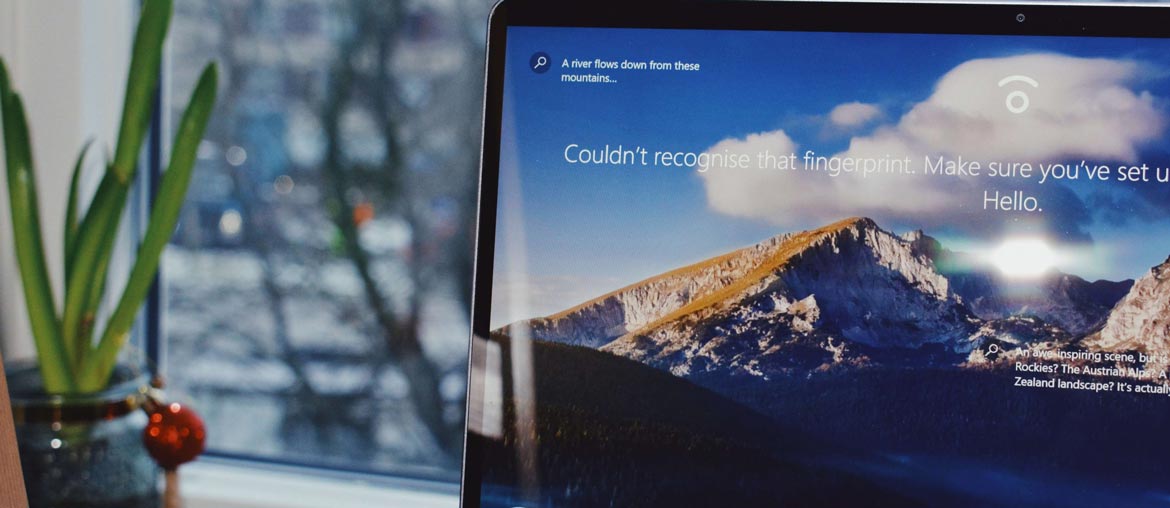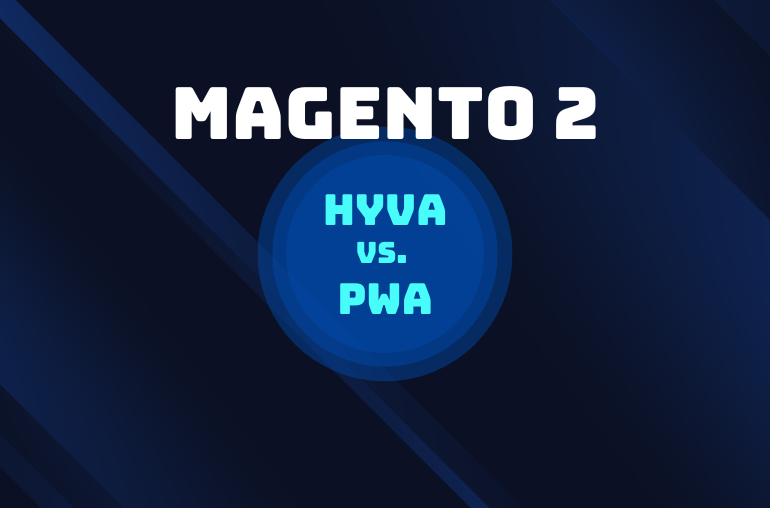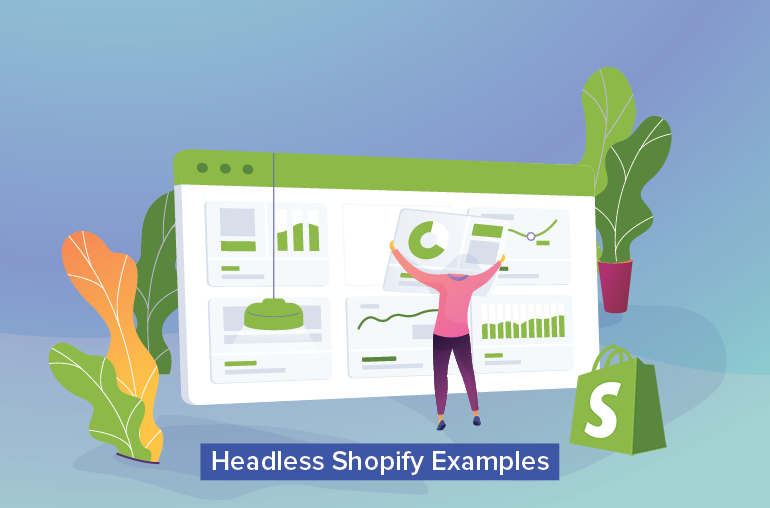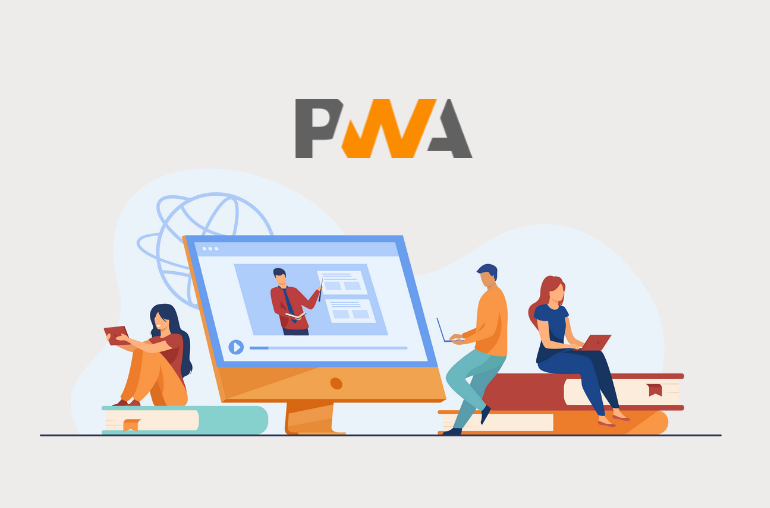Table of contents
As mentioned briefly in our Desktop PWA article, Microsoft seemed to have recently caught on with the Progressive Web App movement and made themselves known as the forerunner of the PWA store trend. This is, according to Microsoft, not some mere off-the-top-of-their-head initiative either but rather a plan that has been harbored for quite a while, going as far back as in 2016.
With all this time to get ready, Microsoft was able to build for themselves a Progressive Web Apps (PWAs) foundation that can withstand years of technological changes to come. As a result, the Windows experience now has Progressive Web Apps integrated into its every aspect, making the future of Microsoft Store be the future of hybrid apps – a combination of UWP (Universal Windows Platform) and PWA.
What’s a Progressive Web App?
A Progressive Web App is, simply put, a progressive website that offers native app experience and cross-platform availability. It is an emerging trend that offers the best of both worlds—the Web and native application, with functionalities far exceed what a normal web is capable of.
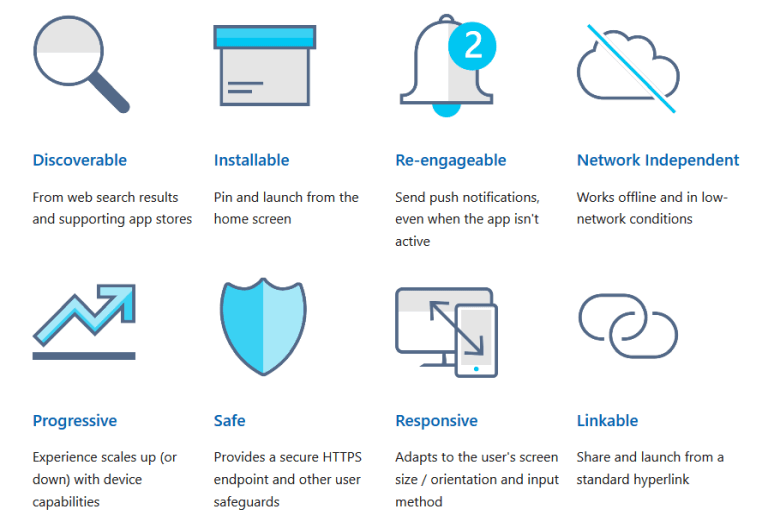
A PWA can often be tricky and hard to recognize. If you’re unfamiliar with the technology and want to find out more, our complete guide about Progressive Web Apps is recommended for an in-depth understanding of the matter.
Progressive Web Apps and Windows 10
Coming from Microsoft is the recent embrace of Progressive Web Apps which marks an entirely new horizon of possibilities for the Microsoft Store.
Progressive Web Apps have full access to Windows 10 feature APIs and can be installed across the entire UWP device family (including the more secure Windows 10 in S-mode devices) while still ensuring compatibility across other browsers and devices.
What does this mean? This means that, from now on, PWAs are part of the Windows experience and are on-par with other UWP (Universal Windows Platform) apps, discoverable by more than 800 million active monthly users worldwide.
Because a PWA can be a first-class citizen in the Microsoft Store, a user will be able to engage fully with an installed PWA—from discovery to installation, to execution—without ever opening the browser.
Thanks to these technological advancements made by the Microsoft team, the PWA experience in Windows 10 is now not that much different than that of a typical UWP app. Compared to a typical PWA which runs from the browser, PWAs from Microsoft Stores differ by these technical advantages:
- Run in a standalone window
- No storage limit (for local storage, IndexedDB, …)
- Capable of offline and background processes
- JavaScript can access native Windows Runtime (WinRT) APIs
- Discoverable and shown as “app” in the Windows Store, Windows Start menu and Cortana.
- Open a whole new channel of insight-gathering on devices where the browser fails to reach i.e Xbox, Windows Mixed Reality and other non-PC form factors.
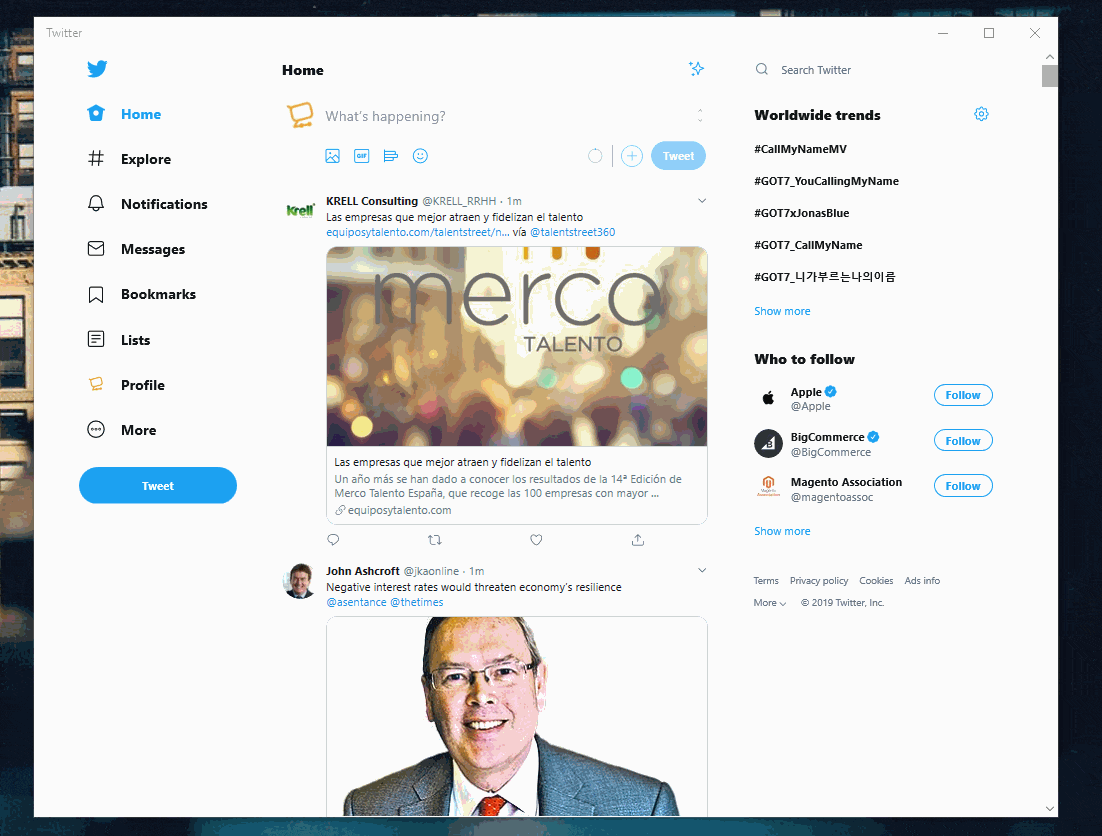
And since the nature of the PWA movement is that of an ever-changing one, it’s not unexpected that you should see your familiar apps constantly being upgraded to PWAs. As of the moment we’re speaking right now, Outlook from Microsoft is officially a Progressive Web App—installable from any Chromium-based browser.
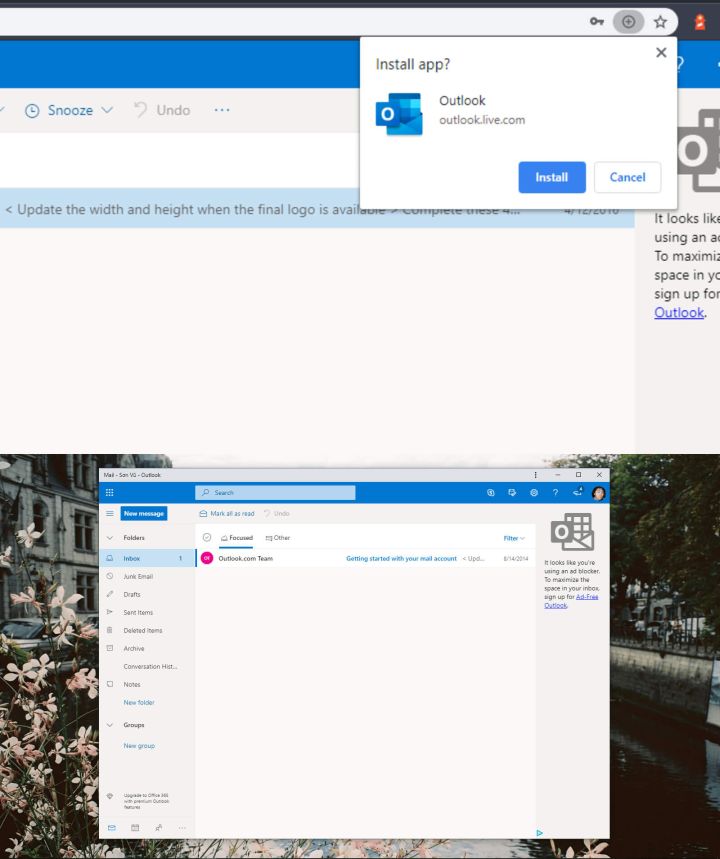
Since its introduction, Progressive Web Apps show great promises to be the next step in the Evolution of the Web. Recognizing its potential, one after another big brand started incorporating elements of PWAs into their infrastructure, making the landscape of the web now vastly different than before.
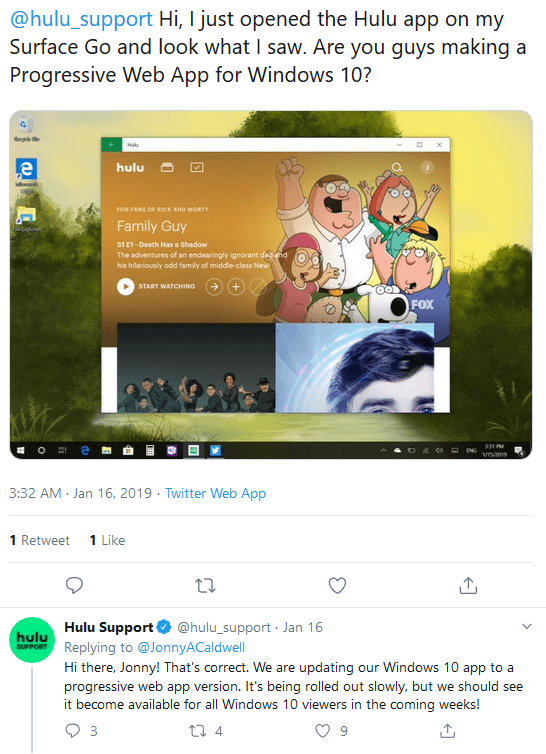
Why Progressive Web App is the future
Discoverable anywhere
Every Progressive Web App that gets listed on the Microsoft Store in Windows 10 can potentially increase its app audience hundredfold since the monthly concurrent Windows 10 install base is over 800 million users.
Automatically repopulating
Besides the option for developers to manually submit their PWAs, Microsoft has also made it possible for search engines like Bing to automatically index quality PWAs into its store:
We’ve been using the Bing Crawler to identify PWAs on the web for nearly a year, [..]. Throughout this process, we’ll continue to vet our quality measures for PWAs, to make sure we’re providing a valuable, trustworthy, and delightful experience to our mutual customers on Windows devices.
With this, the Microsoft Store is expected to be automatically populating itself with PWAs, making the future of all things Progressive Web App seems more likely than ever.
Effortless experience
One advantage of PWA—besides its app-like appearance and functionalities—is that it feels like you’re experiencing a Lite version of the app.
Now, we get what you’re thinking. Most of us don’t often have a positive experience with lite apps and that’s understandable, given how much worse these lite apps used to perform. However, with Progressive Web Apps, it just feels right. Everything feels smoother, streamlined and the overall flow really does resemble that of a native app; but you don’t even need to wait that long to install and launch PWAs, much less downloading them since everything is dynamically stored and updated on the web.
Explore: PWA for Magento 2
What this means for developers
Being the forerunner of the PWA Store chain, Microsoft took it upon themselves to do everything in their power to help developers build the most cost-effective and efficient PWA without much coding knowledge required. Founded by Microsoft is the open-source tool, PWABuilder, which is built with inexperienced developers in mind to help move PWA adoption forward.
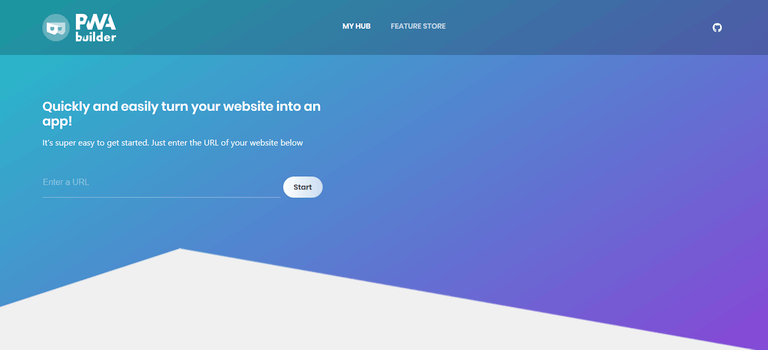
PWABuilder makes it possible for inexperienced developers to be able to generate a complete AppX, using data from your own website and Web App Manifest for publishing in Microsoft Store.
Useful Tool: Web App Manifest Generator
Try one out
After all this talk, maybe it’s time you should experience a PWA on Windows 10. Head over now to Microsoft Store, install Twitter PWA and share with us your thoughts!
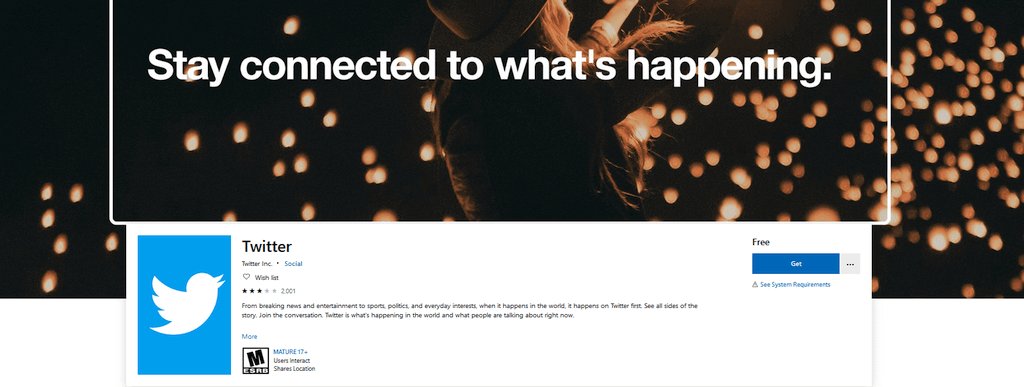
Wrapping words
It should be noted that these are only the first few steps in Microsoft’s plan of making Progressive Web App the primary experience in Windows 10, and things are set to change rapidly comes the following year when the new Chromium-based Edge is released.
As of now, there’s only a few Progressive Web Apps lying around in the Microsoft Store, but the practicality of which is already prevalent in the eCommerce world where most top retailers use the Headless approach which has PWA as its main instrument for delivery of a seamless user experience.

